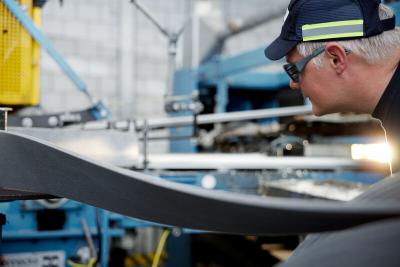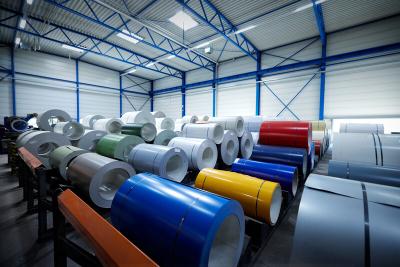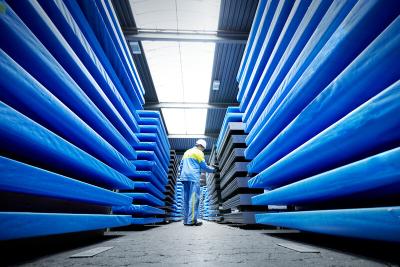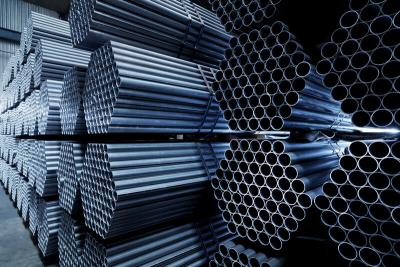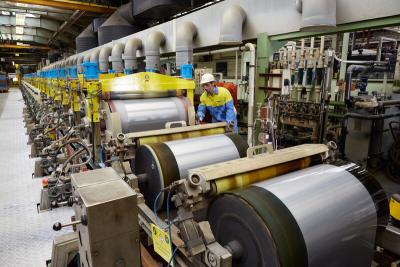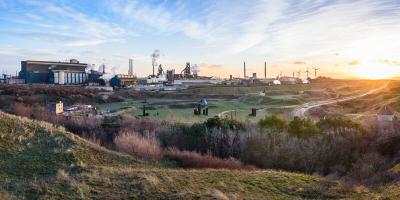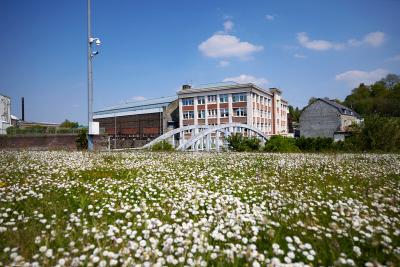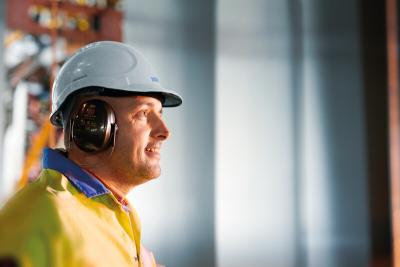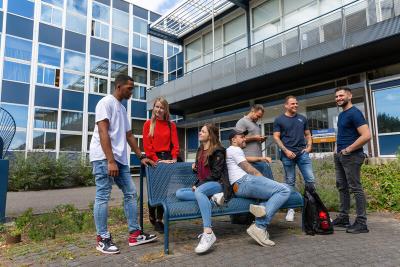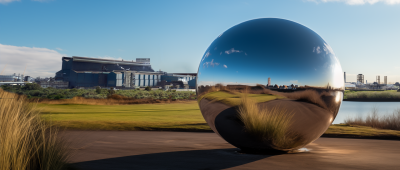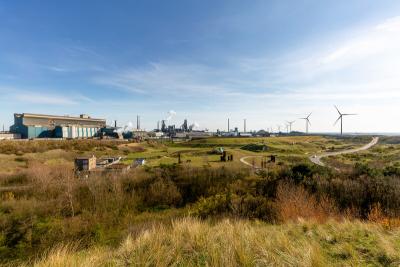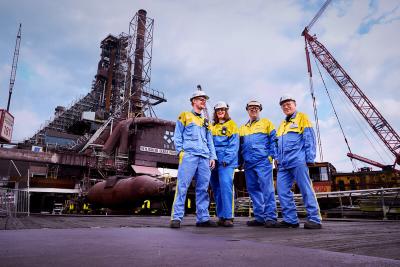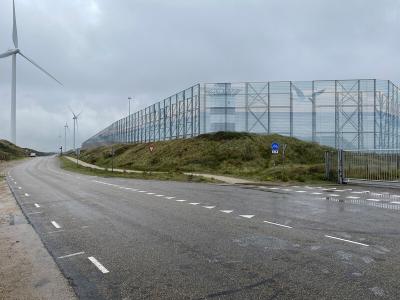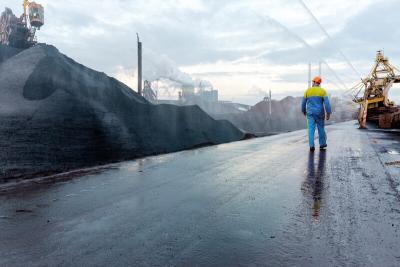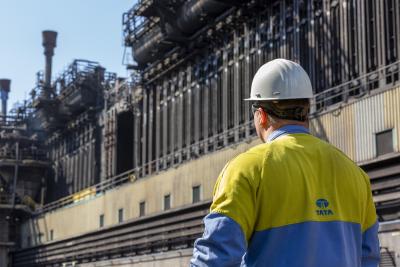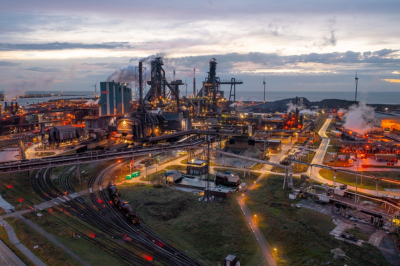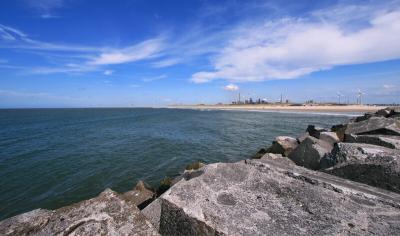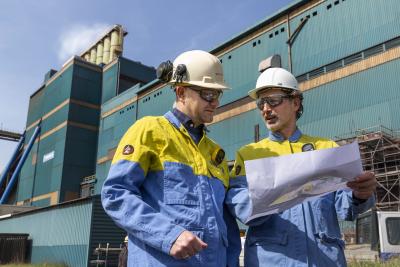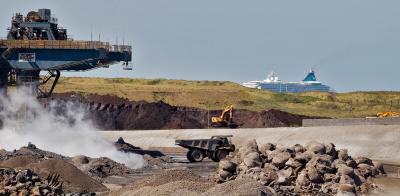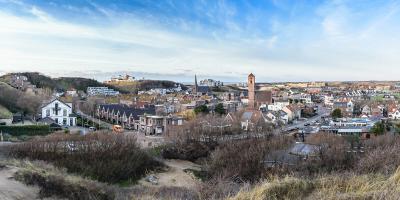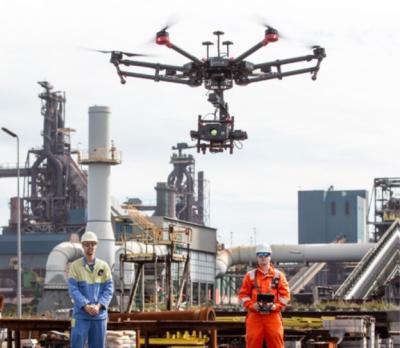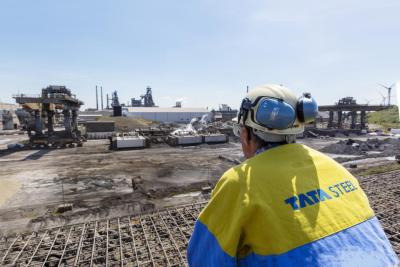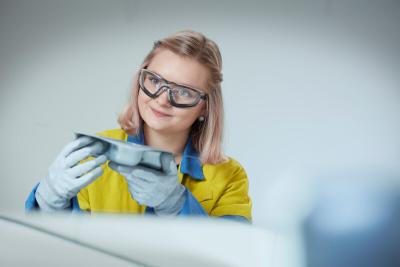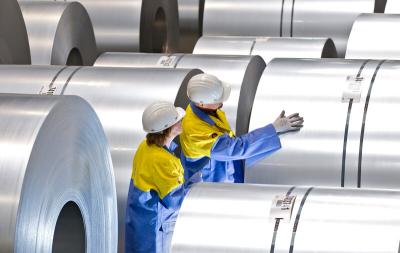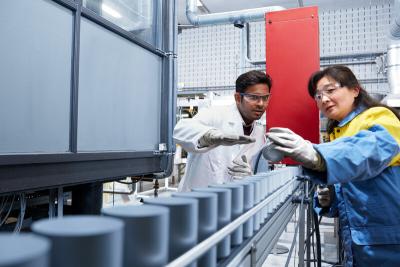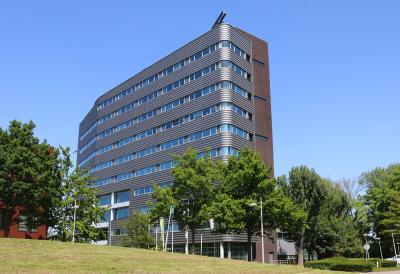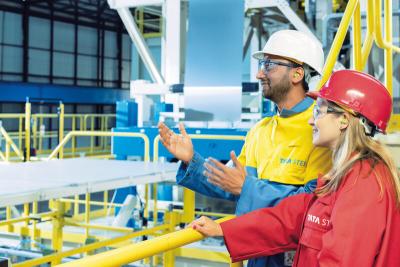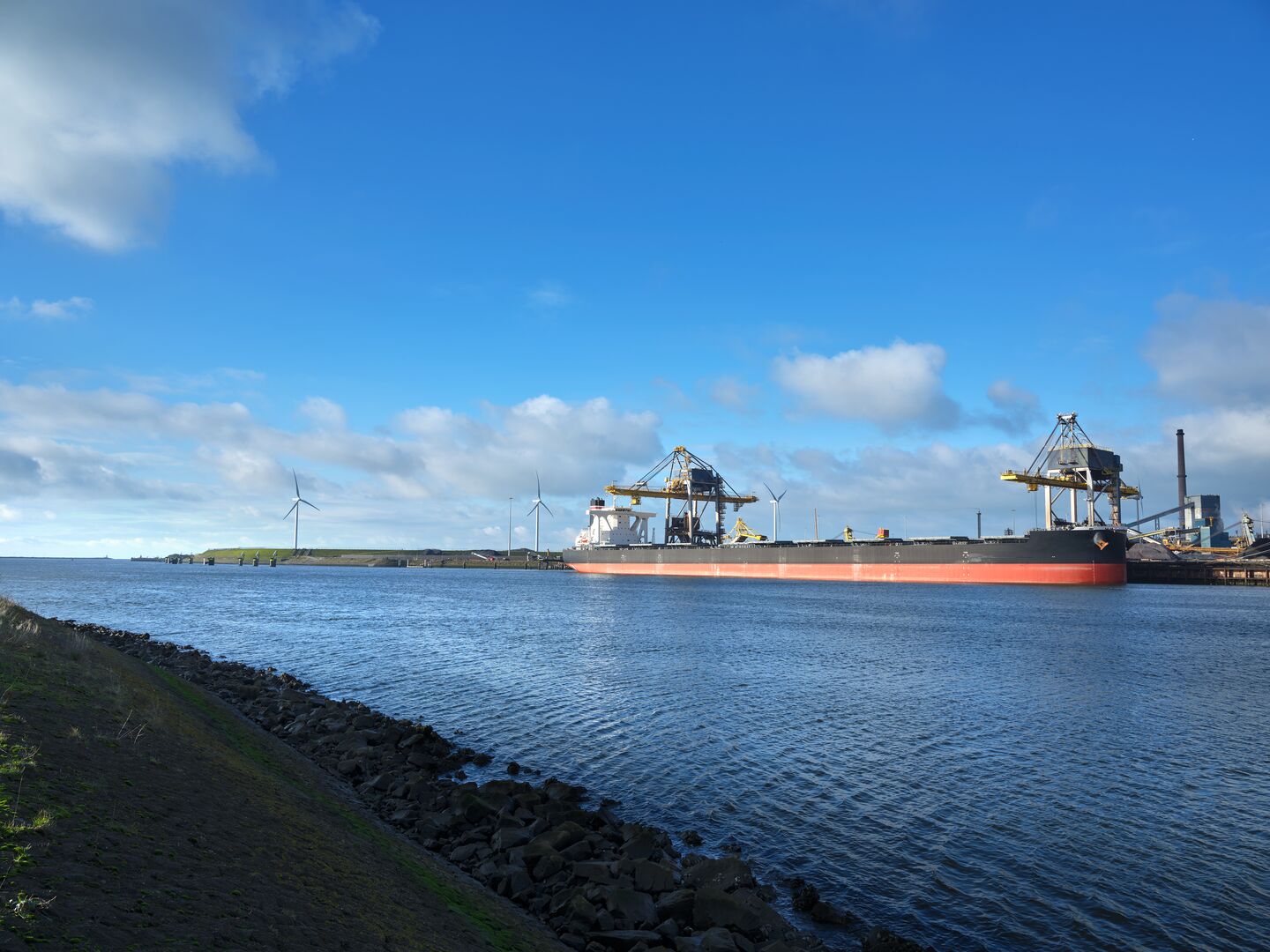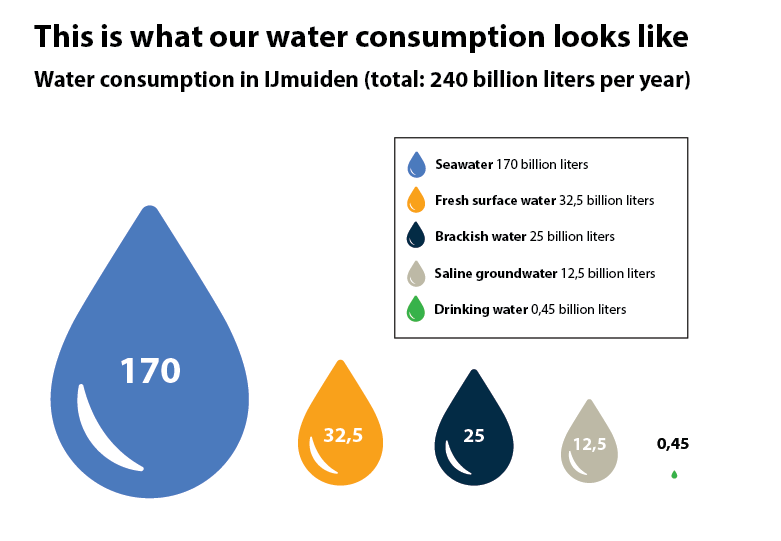Using water sparingly fits in with our ambition to produce cleaner, greener and circular steel. But there are 17 factories on our site, all working together, so if you change something at one, this immediately affects the others. This is how we go about it!
When we mention our water consumption, we are referring to fresh water, brackish water, seawater, salt groundwater, fresh surface water and drinking water. In addition, we produce our own demineralised water for specific applications such as steam production and oxide removal in the hot strip mill. So, steel production involves many different types of water!
We prefer to use as little fresh water as possible, because it can also be used to make drinking water, which is scarce. In our processes, we mainly use untreated fresh water from the Lek or IJsselmeer rivers. We do use drinking water, but this is mostly domestic water, for example in our sanitary facilities.
This is what we have done
To reduce our fresh water consumption, we have already made a few changes to our process.
We mainly use fresh surface water when it comes into direct contact with our product or for circulating cooling systems. If it is not necessary, brackish water is sufficient, as used for the granulation of Blast Furnace 7
At the DSP, we no longer use any water at all to cool rolls. We replaced the water-cooled rolls by dry rolls
Our internal water flows are reused as much as possible. A few examples? The Lek water that we use for cooling at the computer centre is returned to the pipe network after use. We also use Lek water in our power station (CEN1, where we generate electricity with steam boilers). This is collected and returned to the demineralisation plant (DEMI) as feed water. Furthermore, all cooling towers use fresh water, which is continuously reused. We use seawater to cool the condensers of the wind turbines, among other things. This water is heated up and sent to pumping station 4, where it is reused as cooling water for Blast Furnace 7. The fresh water we use as rinse water for the filters is partially reused. Just like our steam condensate, for example as boiler feed water.
Various savings programmes are in place, enabling us to reduce water from the Lek
This is what we will do
We still have a few major changes in the pipeline, which will take place as soon as we launch our Green Steel plan. Preparations for this are already in full swing. In a nutshell, it boils down to this:
When the blast furnaces and coke and gas plants are replaced by new installations, we will no longer need the cooling towers of the coke and gas plants, which will save so much water! To give you an idea: KGF1 uses 340,000 litres of cooling water per hour, of which 80,000 litres evaporate. The rest of the water is discharged to the settling basin, where it is “cleaned” and reused. The rest is replenished. This amounts to 700 million litres per year. If an Olympic swimming pool can hold approximately 660,000 litres of water, this means we are saving the equivalent of about 1,060 swimming pools. The first coke plant we are (most likely) going to close is KGF2. Tata Steel IJmuiden's total water consumption will therefore be significantly reduced. Unlike with blast furnaces, the use of seawater at the KGF is not an option because if the salt comes into contact with the coke, it causes damage.
The design of our new plants takes into account the fact that we want to use as little fresh water as possible. We still need water for our cooling processes, the production of demineralised water and steam, and for washing processes, but consumption will soon be significantly lower than in the old situation. And here too, wherever we can replace fresh water with seawater or brackish water, we will do so.
Saline water
In addition to brackish water and fresh water, we also use saline groundwater. Do you remember how it works? Each soil layer contains something different. Salt water is at the very bottom, fresh water is at the top, and brackish water is in between. These layers are separated by an impermeable layer. We pump the salt groundwater from a great depth (~200 metres). We do this ourselves. There are ten wells on our site. This salt groundwater is ideal for cooling applications because it has a constant temperature of 12-14 ºC throughout the year. An additional advantage is that it has no impact on the environment or on the availability of fresh water.
Drinking water
The National Action Plan for Drinking Water Conservation aims to reduce the industry's use of fresh water in the Netherlands by 20% by 2035. Contrary to what the name suggests, this does not only concern drinking water, but it concerns all fresh water. This is an ambition that has been expressed, but it is not yet law. Will we achieve this reduction? We think so! We have taken various measures to optimise our fresh water consumption, as you can read above. Heracless green steel is one of these measures. All in all, we are not yet at 20%, but we are well on our way.
6 water facts to remember
At our site in IJmuiden, we use salt water and brackish water for our processes as much as possible. We only use fresh water when salt water is not an option, for example if it is harmful to our product.
If we are without water for more than four hours, factories come to a standstill and irreparable damage occurs.
We use approximately 240 billion litres of water annually. That is equivalent to 363,636 Olympic swimming pools. The vast majority of this is seawater, brackish water and salt groundwater (together ~207.5 billion litres), so no fresh water.
We use 33 billion litres of fresh water, which is equivalent to 50,000 Olympic swimming pools.
The fresh water we use for our processes is not drinking water. This water comes from the Lek and IJsselmeer rivers and is not treated.
We use 0.5 billion litres of drinking water per year. That is equivalent to 758 Olympic swimming pools.



